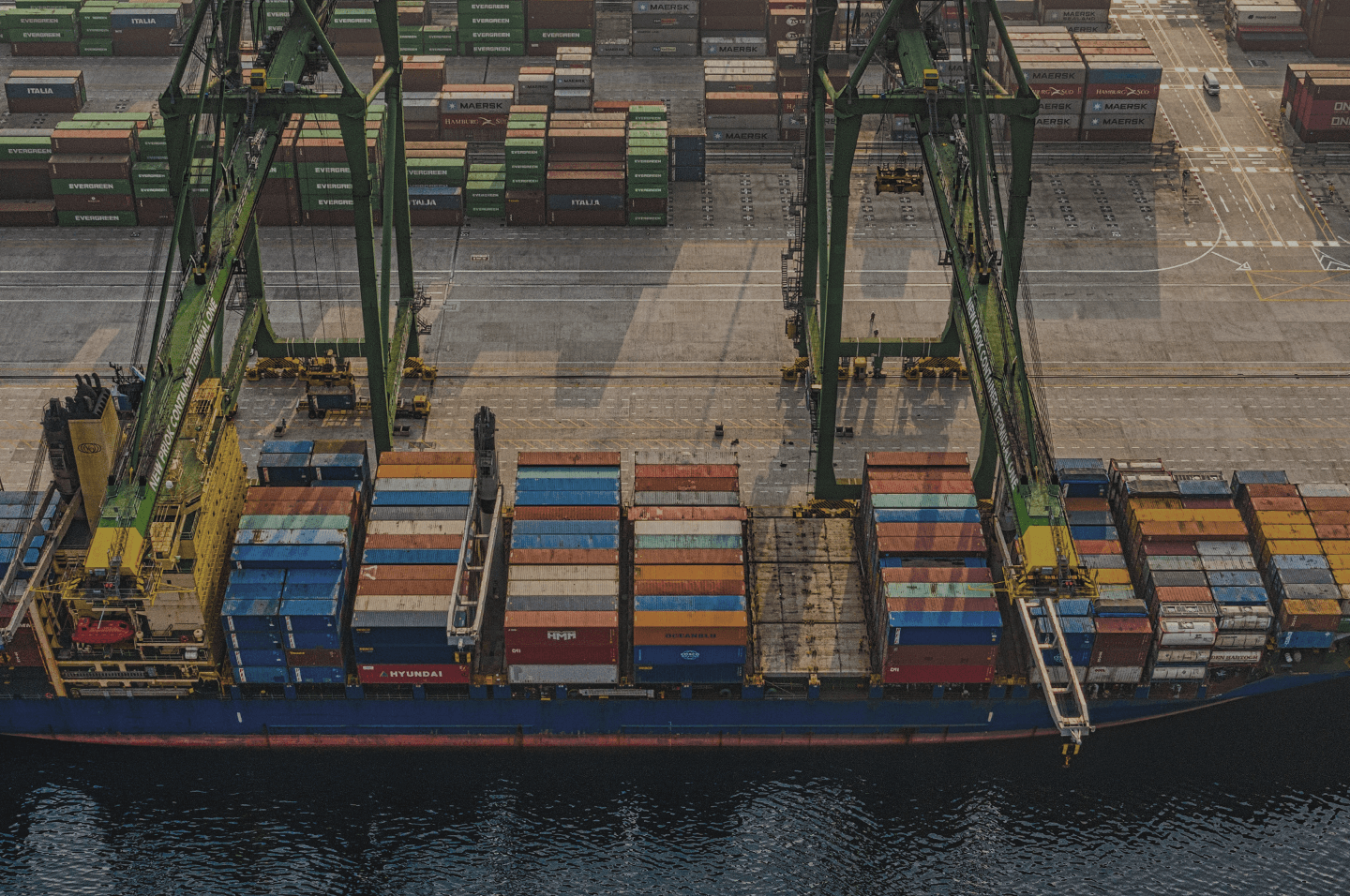
Vessel
Transporting cargo across the seas and skies is no easy task. Yet, delivering your new Nikes or a phone case from any corner of the world has been brought down to just a few dollars in costs. We look into the unit economics of shipping.
Transporting cargo across the seas and skies is no easy task. Yet, delivering your new Nikes or a phone case from any corner of the world has been brought down to just a few dollars in costs. We look into the unit economics of shipping.
Around 80% of global trade is facilitated by ships. Not only is container shipping cheaper than a cargo flight, there aren’t really any alternatives. Transporting tonnes of cargo across the world is a highly specialised task.
Let’s get technical and speak the language of modern mariners. Ship space is broken down into EUs (equivalent units). A TEU is “twenty-foot equivalent units” and represents a 20ft container. An FEU is a 40ft container.
The cost of a 40ft container is hovering around US$9,000. More than double its cost at the start of 2021. The cost of shipping is a loose derivative of the price of fuel. Moving thousands of tonnes of steel over an ocean requires some serious work from combustion engines. Since early 2021, oil prices have also doubled.
These numbers are huge once summed, but when broken down, shipping is surprisingly affordable. Breaking this down, it costs around US$125 per cubic metre. All costs are estimated around common shipping routes.
You can fit around 135 shoe boxes, 100 bowling balls, or 100,000 gumballs in a cubic metre. The cost per unit very quickly comes down. This shows just how big ships are, and how affordable shipping is when done on such a massive scale. In fact, the cost to transport a product from the port to your home contributes as much to the cost as the journey across the Pacific.
A group of 4 companies make up around 60% of the market share: MSC, Maersk, CMA-CGM and COSCO. Looking at comparative volume, Amazon would be the 5th largest shipping company. The US mega-cap has taken complete control over the supply chain by chartering its own, private fleet of ships. By operating from quieter ports like Washington rather than LA, $AMZN can dictate the flow of freight. In the last year, the company built its own supply of up to 10,000 containers and now handles 72% of its order by itself. This makes incredible sense for a company that spent US$72b on shipping in 2021.